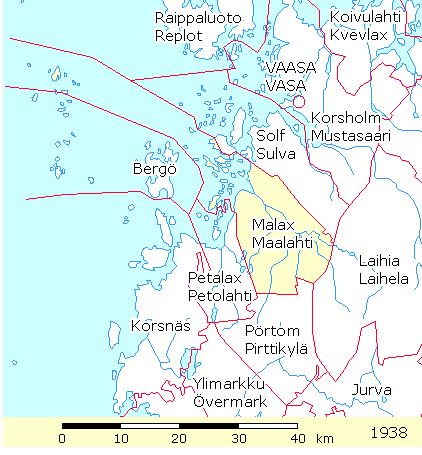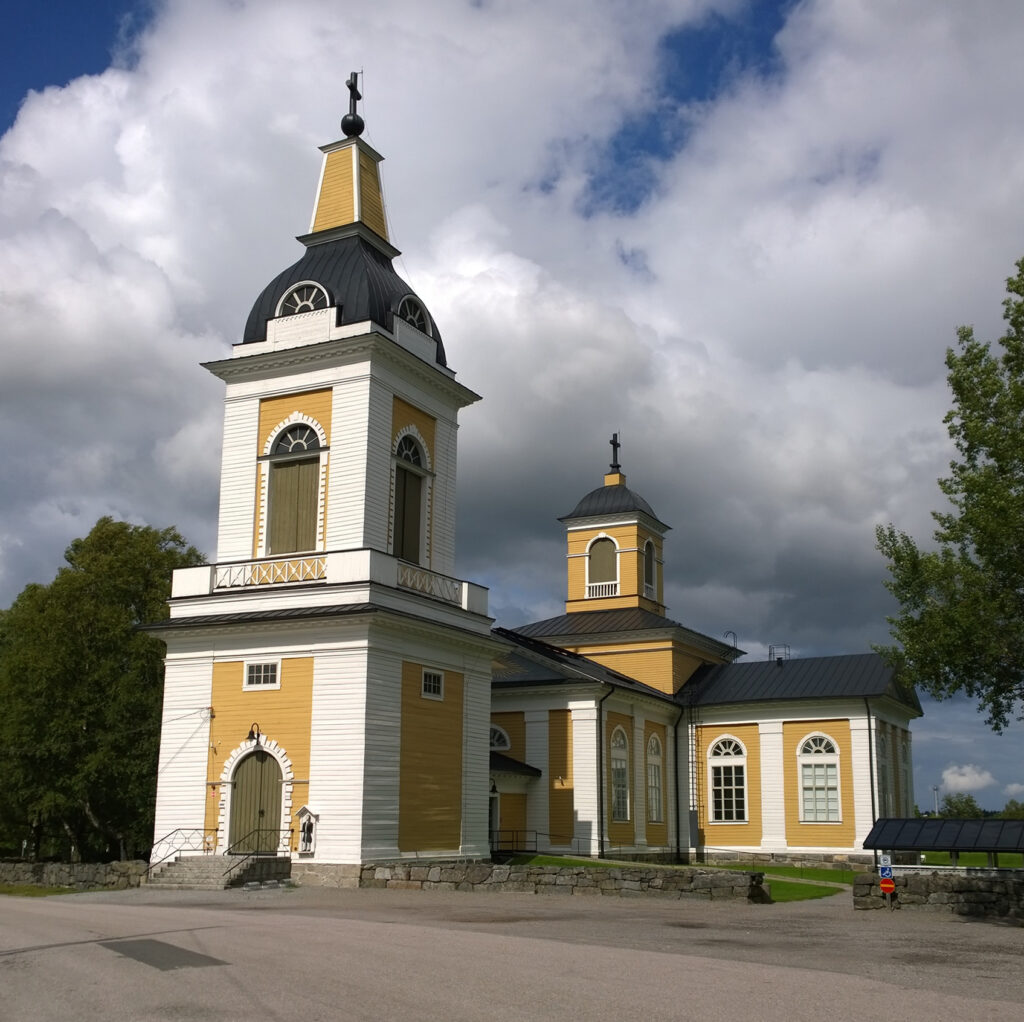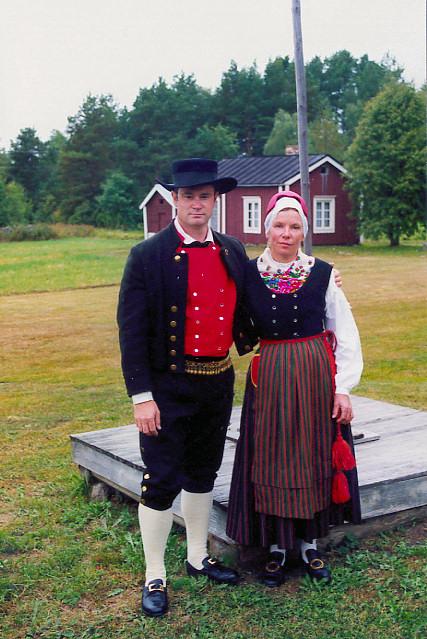Ostrobothnian
Malax
Parish History
- In the 1500s, Malax parish was a part of the larger Mussar parish.6
- At that time, Mussar’s boundaries included the areas that became the independent parishes of Korsholm, Kvevlaks, Maxmo, Replot, Solv, Malax, Laihela, Jurva and parts of Lillkyro. 6
- In October, 1607 parish rights were given to Malax; issued in the name of Karl IX. Included in this new parish were the upper Malaxes, the Eastern and Western Soles (Solf) and Bergö.5
- For a few decades in 1800’s Petalax was also part of the Malax parish. This is when the Malax parish was at its largest. 7
Parish Records
Villages and farms of Malax were recorded in T.W. Karsten’s work, Svesk Bygd I Osterbotten: Nu Och Fordom. 2 Malax Parish Communion records were not used to confirm these findings.
Because parish Communion records are listed by village and farm names and because farm names often were used as a part of a person’s name, it is interesting to note the following farms.
To open a printable list of villages and farms (pdf), click here.
Historic villages & farms
Historic villages within the 1938 boundaries of Malax were Yttermalaks and Övermalax.
- Tuv
- Bånn
- Köping
- Nordman
- Herrgårds
- Alskogs
- Svens
- Fodge
- Skinnar
- Kull
- Mattlar
- Broman
- Spärring
- Udd
- Kas
- Holm
- Haga
- Malm
- Lång
- Klockars
- Orre
- Bränn
- Brännback
- Berts
- Majors
- Åminne
- Granlund
- Björkas
- Ture
- Röj
- Stolpe
- Fogde
- Ström
- Gästgivar
- Båtman
- Svevar
- Bro*
- Baddar
- Fiskar
- Vias
- Gullman
- Falur
- Jönn
- Knös
- Sten
- Påvs
- Smulter
- Berg
- Halvar
- Erkus
- Udd
- Paksal
- Styris
- Sved
- Kråknäs
- Pilkar
- Nyman
- Stor
- Marsus
- Lågas
- Smeds
- Storm
- Stav
- Minders
- Perjus
- Dala
- Norrgård
- Ahlholm
- Erikslund
- Svarfar
- Åspholm
- Råholm
- Helenlund
Farms not numbered: Björknäs, Björndahl, Rönnholm
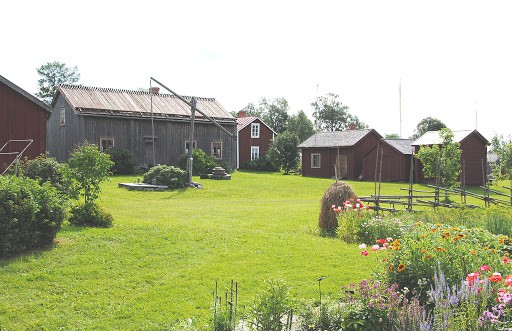
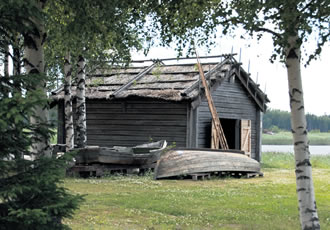
References:
- Genealogical Society of Finland, HisKi project, Malax parish, http://hiski.genealogia.fi/hiski/a525pp?en+0316
- Karsten T.W., Svesk Bygd I Osterbotten: Nu Och Fordom; Helingfors, 1923, pages 68 – 76
- Jensen, Alicia, ‘Discovering Swedish-speaking municipalities: Malax’, Helsinki Times; November 21, 2014, , http://www.helsinkitimes.fi/themes/themes/travel/12789-discovering-swedish-speaking-municipalities-malax.html
- Malax Church, https://translate.google.com/translate?hl=en&sl=sv&u=https://sv.wikipedia.org/wiki/Malax_kyrka&prev=search
- Malax Church image, https://commons.wikimedia.org/wiki/File:Malax_church.jpg
- Malax Folk Dress image, Brage costume agency, https://draktbyra.brage.fi/brage/folkdrakter/view-47835-81
- Malax Forsamling, https://www.malaxforsamling.fi/kyrka-och-lokaler/malax-kyrka-historik1
- Visit Vaasa – Malax, http://www.visitvaasa.fi/en/search/pages/sites.aspx?paikka=&pakti=30&a1akti=203

